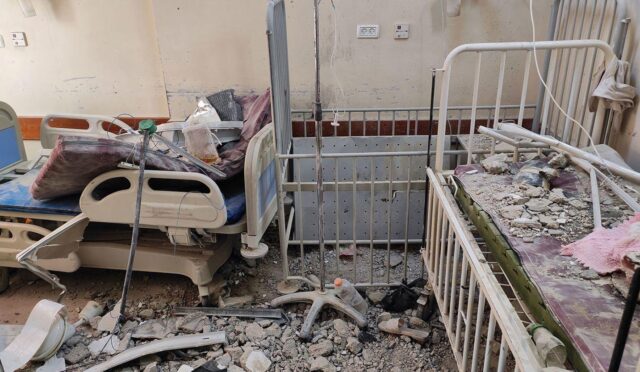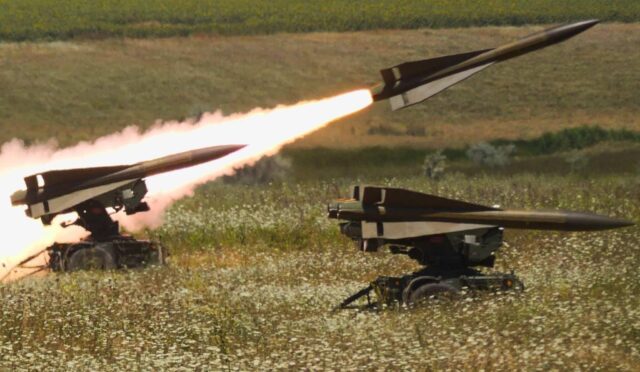F-15EX Fuel Crisis: Grounding Impact on Fighter Jets
A concerning fuel drainage issue has recently surfaced in several F-15EX Eagle II fighter jets that the U.S. Air Force received from Boeing. This problem has led to the temporary grounding of some of these aircraft while Boeing works diligently to investigate and rectify the situation. As of May, Boeing has successfully delivered 9 of the 129 planned F-15EX jets to the Air Force, marking a significant step in modernizing the fleet.
According to a spokesperson from Boeing, the fuel drainage is a known phenomenon occurring through designed openings near the tips of the wings when the fuel tanks overflow—this is a common occurrence across all F-15 models. However, the extent of fuel drainage in certain F-15EX jets has surpassed initial expectations, prompting a collaborative investigation by Boeing and the U.S. Air Force to uncover the underlying cause.
Ensuring Flight Safety Amid Concerns
Military aircraft are typically equipped with advanced ventilation systems designed to manage excess fuel or pressure within fuel tanks. These systems are crucial in maintaining the internal pressure balance, especially as fuel expands or contracts due to atmospheric changes during flight or while grounded. However, any malfunction in these systems, particularly in the context of the F-15EX, could lead to serious technical issues, potentially affecting flight safety.
The noticeable fuel drainage during F-15EX operations might manifest externally as wing vortices or visible smoke, which raises alarms. Given that these systems are pivotal for operational safety, Boeing and the Air Force are prioritizing thorough inspections and solutions to prevent any further complications.
The Uncertain Scope of the Issue
Despite the seriousness of the fuel drainage problem, the exact number of affected F-15EX aircraft remains undetermined. This ambiguity poses challenges for the Air Force, especially considering that even though the EX model has been in service for several years, the emergence of this issue is puzzling and concerning.
The lack of clarity raises questions about potential widespread implications for the F-15EX fleet. Stakeholders are keenly awaiting Boeing’s findings, as understanding the scope of the problem is crucial for developing effective solutions and ensuring the aircraft’s operational integrity.
Labor Strike Complicates Resolution Efforts
Adding to the complexities of addressing the fuel drainage issue is a recent strike involving about 3,200 workers from Boeing’s defense division, which began last Monday. This labor disruption raises concerns regarding the timeliness and effectiveness of ongoing efforts to resolve the problem with the F-15EX jets.
In response to inquiries about the potential impact of the strike, Boeing CEO Kelly Ortberg reassured stakeholders during a recent meeting, stating, “We will manage this process. Don’t worry too much about the impacts of the strike. We will get through it.” Nevertheless, the uncertainty surrounding workforce availability complicates a swift resolution.
Boeing’s Ongoing Technical Challenges
While the current fuel drainage issue is significant, it is important to note that it comes amidst a broader context of technical challenges faced by Boeing in both its commercial and defense sectors. Delays and cost overruns have plagued various projects, including the T-7A Red Hawk jet training aircraft and the KC-46 tanker, arising from technical and quality control issues.
However, there is a silver lining for the company. Earlier in 2025, Boeing secured the contract for developing the U.S. Air Force’s next-generation stealth fighter, designated as the “F-47.” This new venture represents a pivotal opportunity for Boeing to regain its footing, even as it navigates through current challenges.







